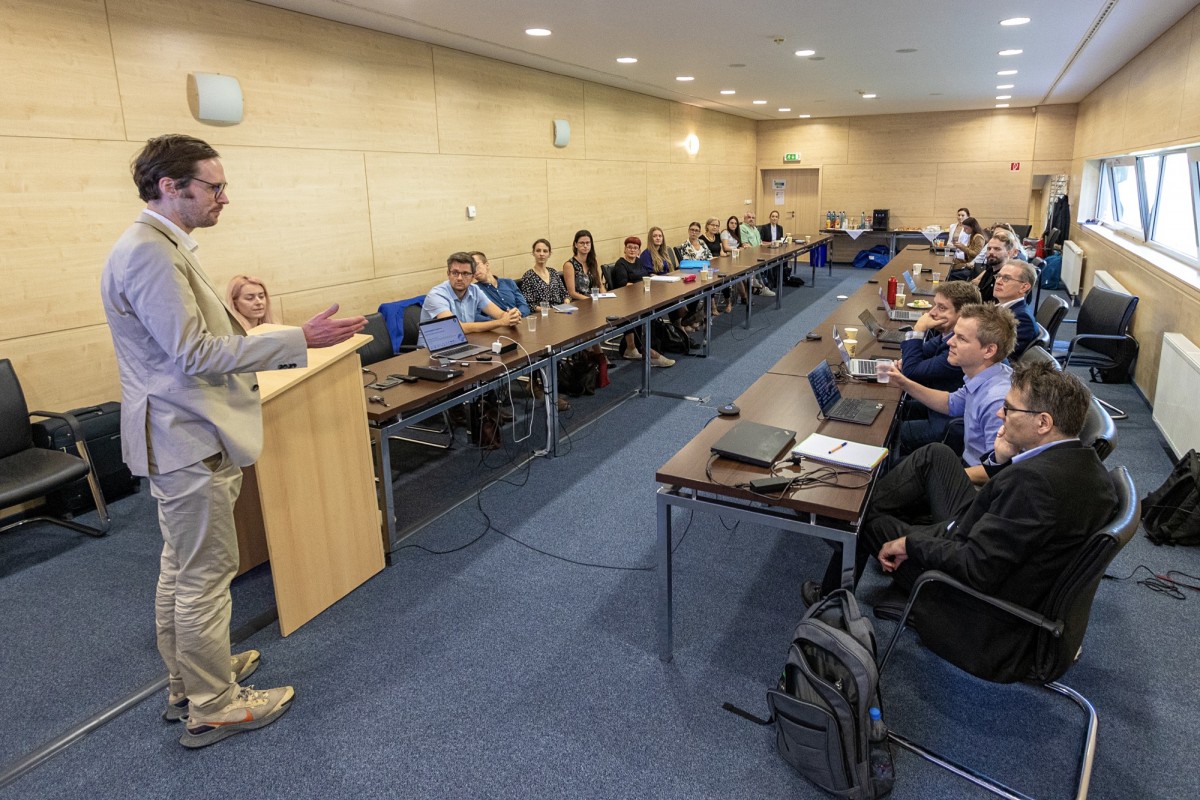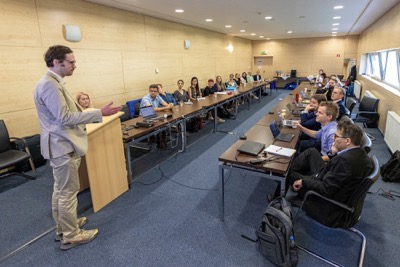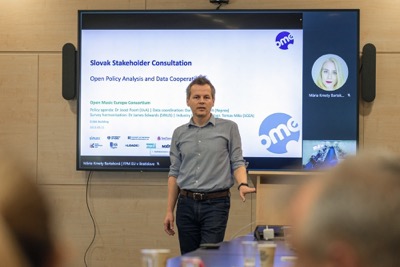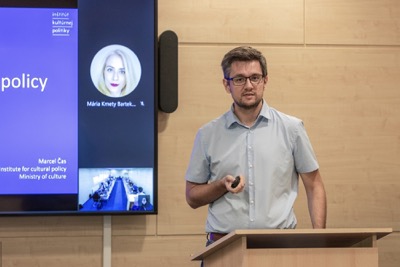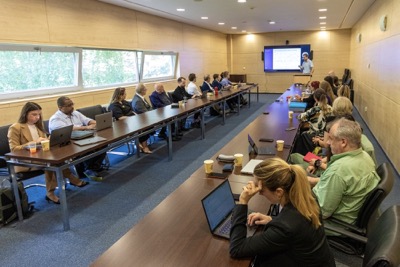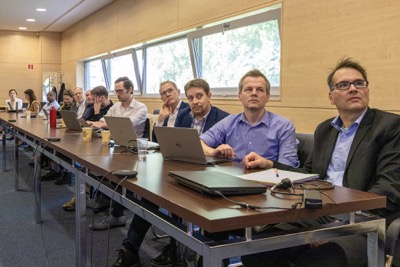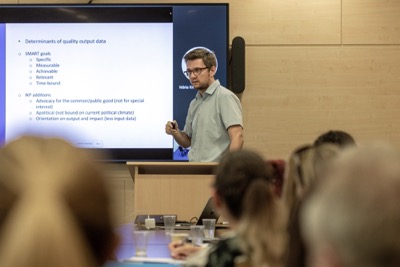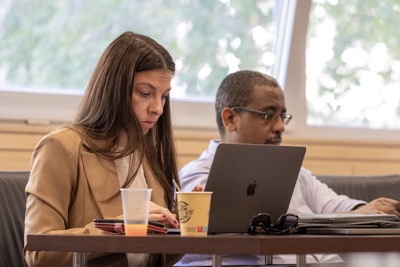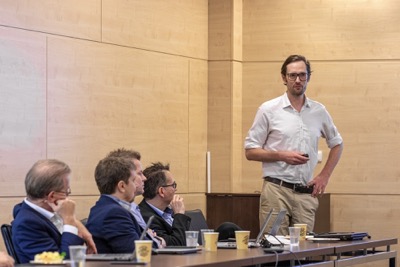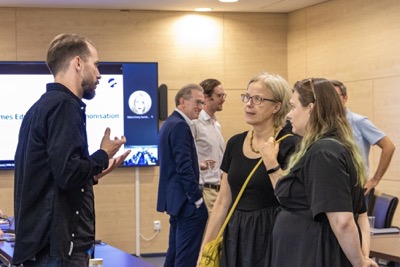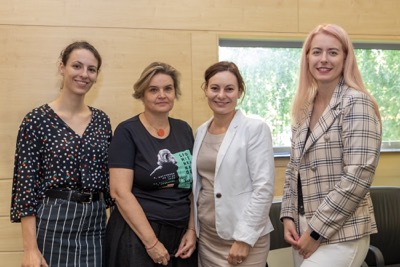The results of the collaboration of 15 business and academic partners from all over Europe, created under the OpenMusE Horizon Europe project, after only half a year of cooperation, have already moved us significantly forward, and closer to fulfilling the goals of the project, as well as the Memorandum of Cooperation between the University of Economics in Bratislava (Faculty of Business Management), the Digital Music Observatory, and public institutions supporting the development of the music industry.
As stated in the Memorandum, our goal is to collaborate on best practices for developing and evaluating measurable indicators for the music industry, as well as transferring them to the cultural and creative industries. The goal is to facilitate public reporting on the nation's music industry with the effective use of open-source statistical software and data science. The intention of all partners is to improve current and develop new data collection methods and tools that will result in evaluation indicators and recommendations relevant to cultural policymakers.
At the end of September, representatives of all partners met in Slovakia for a multi-day intensive seminar organized under the auspices of SOZA, the Institute of Cultural Policy, and the Ministry of Culture of the Slovak Republic. The seminar focused on the synchronization of the activities that build European music ecosystems on a more competitive, fairer, and more sustainable basis requiring rigorous policy-making, and evidence-based business planning. This in turn necessitates filling the gaps in the available data, identified in The Feasibility Study for the Establishment of a European Music Observatory. Together, we will identify these gaps and contribute to the creation of best European practice methods.
Building on this idea, we are going to launch a pilot project related to Music diversity and circulation in Slovakia to demonstrate the feasibility of increasing the representation of local artists in radio and streaming through reliable AI and evidence-based regulatory policy.
